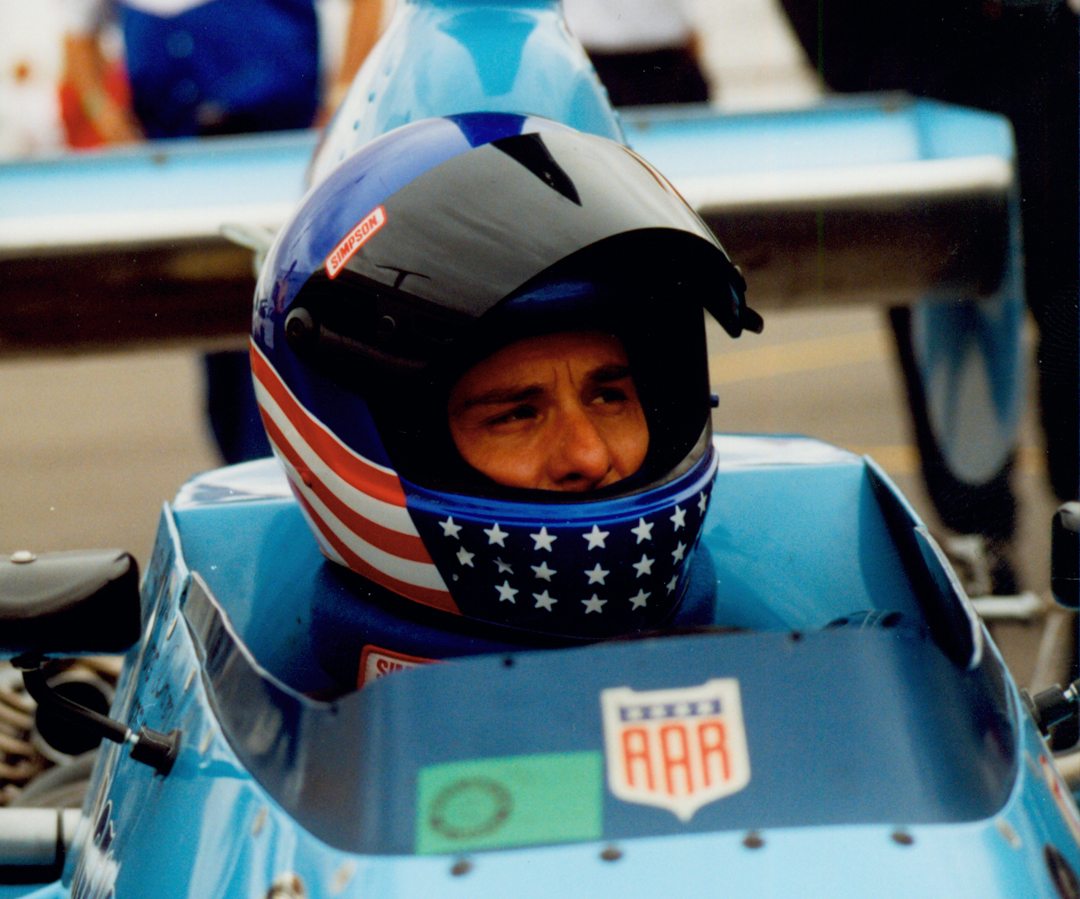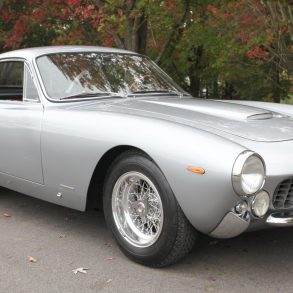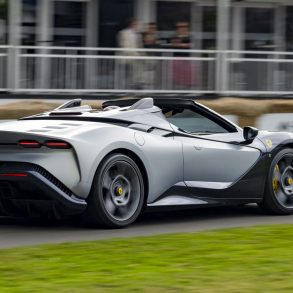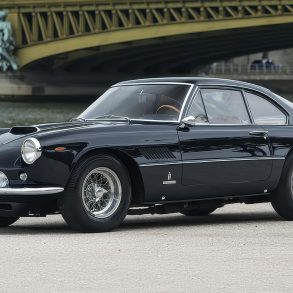
Or at least that is how the story would have ended were it not for the introduction of a crafty, larger-than-life character by the name of Tom Wheatcroft. Wheatcroft was a local boy who grew up not far from Castle Donington, in Leicestershire. As a young teenager, he bicycled to the circuit to watch the likes of Tazio Nuvolari and Bernd Rosemeyer claim the last Donington Grands Prix before the outbreak of war.
During the war, Wheatcroft served as a tank driver, but returned to his native Leicestershire after hostilities ended to start his own home-building business. Like so many countries after the war, home construction was a booming business and Wheatcroft soon found himself a wealthy man. With disposable income in his pocket, Wheatcroft quickly indulged his passion for motorsport. In 1964, he purchased the ex-Peter Whitehead Ferrari 125, which had, among other things, seen its V12 engine replaced with that of a Corvette’s. With his new acquisition, Wheatcroft dove into the then growing vintage racing scene with relish. In the years that followed, Wheatcroft began acquiring a significant number of old racing cars. While he always seemed to have a knack for turning a profit, Wheatcroft’s growing collection seems to have more reflected his almost child-like love for these then forgotten racecars, rather than the incredibly shrewd buys that they would prove to become in the decades that followed.
By 1971, Wheatcroft was presented with the opportunity to buy the land that held the remains of the old Donington Park circuit. For the price of £100,000, Wheatcroft bought the land and commenced a six-year-long project to restore the track to a usable state. Along the way, in 1973, Wheatcroft’s now sizeable collection of historic Grand Prix cars had become so extensive, that he moved the collection to the Donington grounds, into a dedicated facility that became known as the Donington Grand Prix Collection. Finally, in 1977, Donington Park reopened for racing and even went on to host a round of the Formula One World Championship again, some 54 years after the likes of the Mercedes-Benz and Auto Union “Silver Arrows” had last dueled through the rolling Leicestershire hills.
Since Wheatcroft sadly passed away in 2009, it is easy to lose sight of how significant his contribution to both British motor racing and the historic racing movement were. Without Wheatcroft, Donington’s life would have ended in 1939, as just one of the literally hundreds of early racetracks around the world that died a relatively quick and ignominious death. Likewise, Wheatcroft nearly single-handedly saved some of the world’s most significant Grand Prix machines from who knows what fate, when he purchased them at times when they were all but unloved and forgotten. Auto Unions, Vanwalls and even Ferraris and Maseratis were saved by Wheatcroft and restored to their former glories. Did Wheatcroft end up making money on Donington and his car collection? Absolutely. But not necessarily because he saw upside in them at the time (Wheatcroft reportedly lost £3 million on staging the 1993 European Grand Prix, yet stated later that it was “worth every penny.”) For all intents and purposes, he bought them because they had value to him as an enthusiast, the fact that he turned them around and ultimately made a profit from them, has more to do with Wheatcroft’s seeming Midas-touch for everything that he got involved with. Had his interests been in darts or curling, he would have profited from those too! He just had that gift.
I was fortunate to get to spend some time with Wheatcroft on a couple of occasions when I was over in the UK. He was a jovial man, who really seemed to come alive when he was either playing with his cars or talking about them. His unmistakable laugh—a mischievous guffaw that suggested he knew something that you didn’t—was both endearing and a little unnerving, either suggesting that you were in on the joke or about to become the butt of it! While I always experienced him to be warm and affable, I certainly never would have wanted to be on the opposite side of the negotiating table from him—just ask the principles of the failed Donington Venture Leisure consortium!
So, while we tip our hat this issue to one of Britain’s most historic tracks, it also seems important to recognize and remember that so much of that facility’s legacy is due to the effort and enthusiasm of a single, car-crazy home builder. It isn’t just Donington Park, it’s Tom’s Park too.










